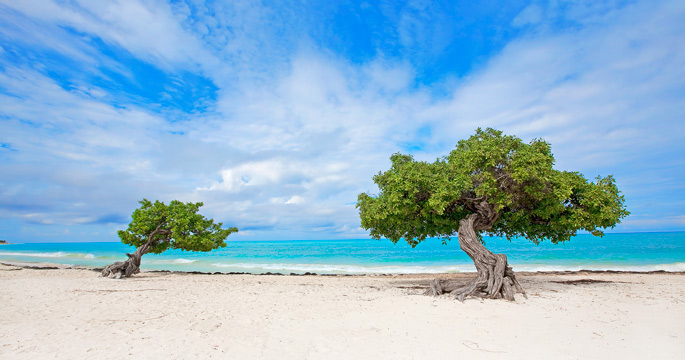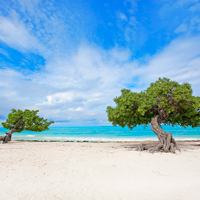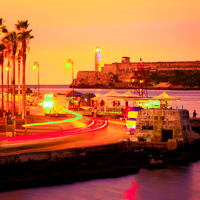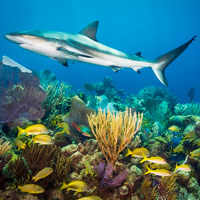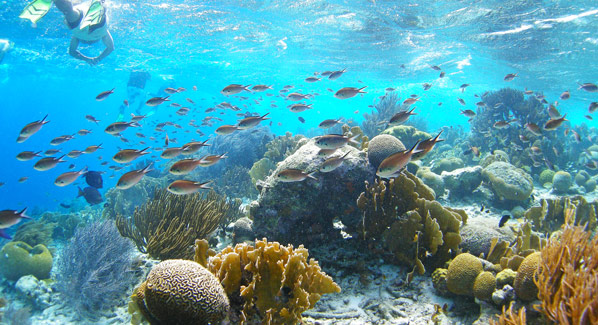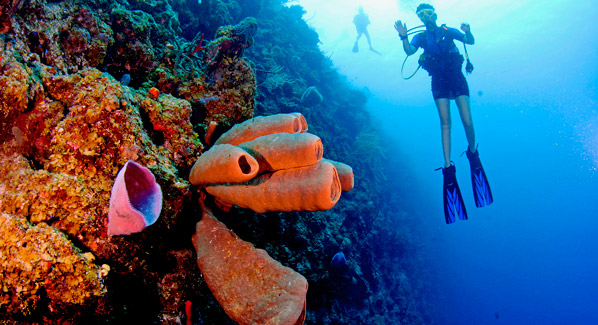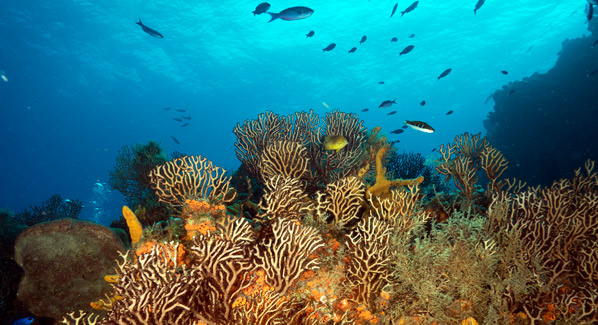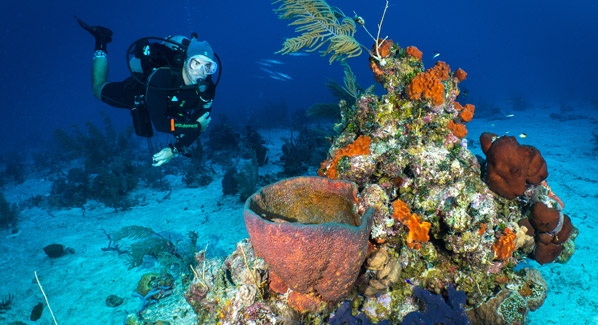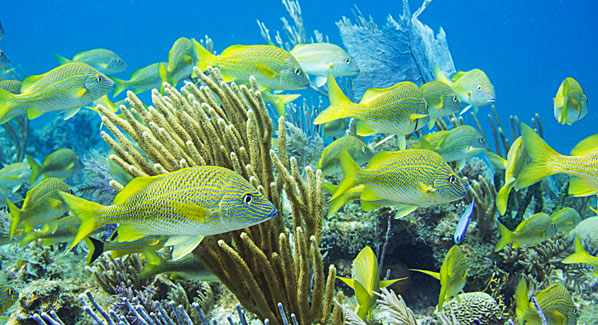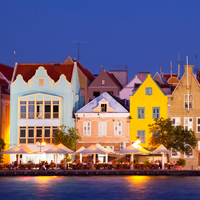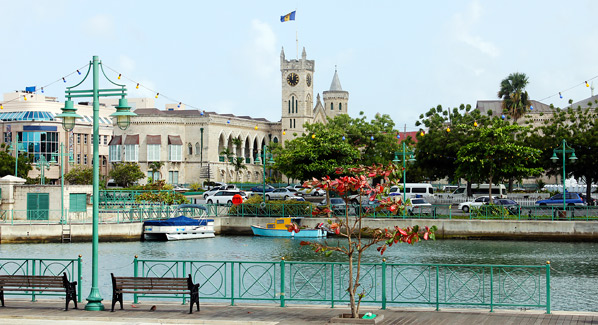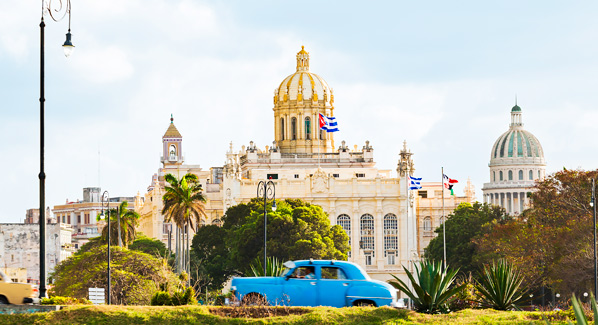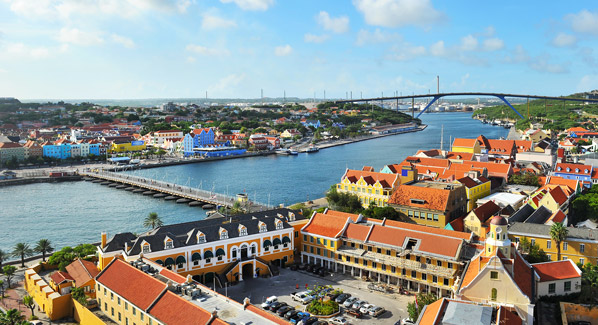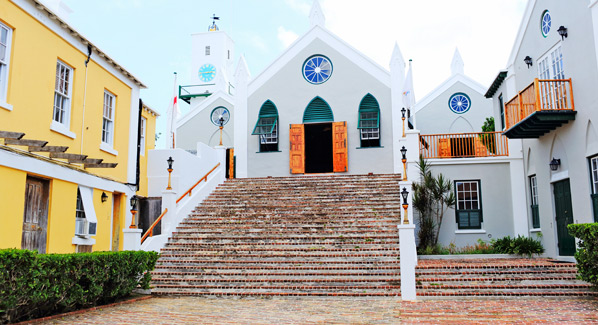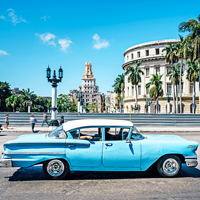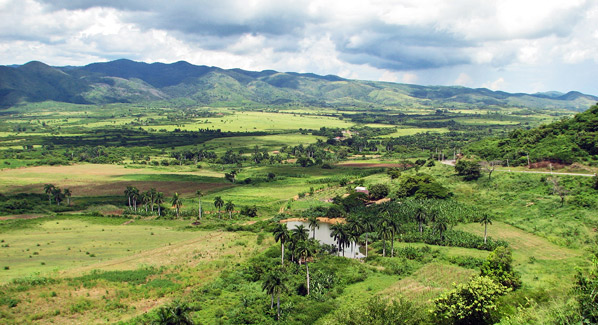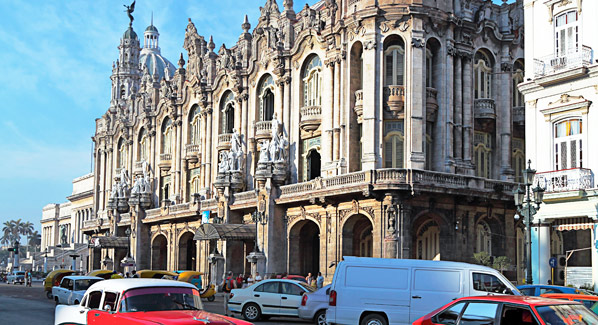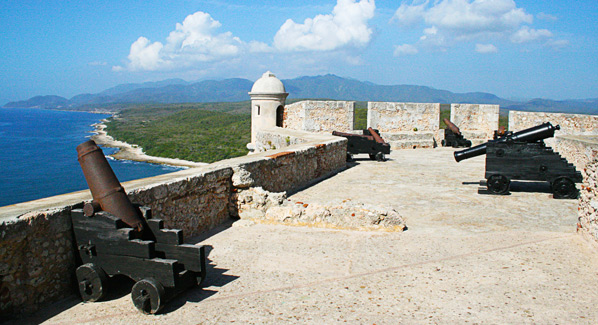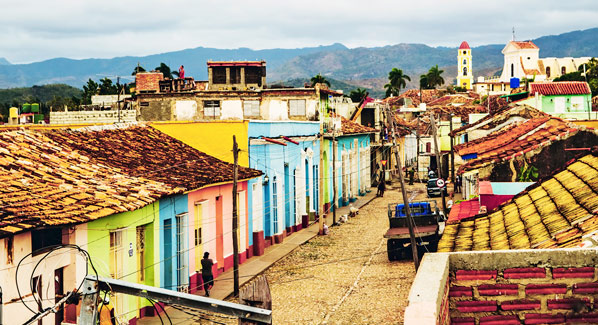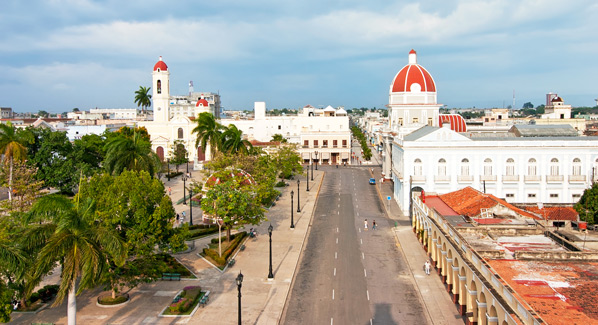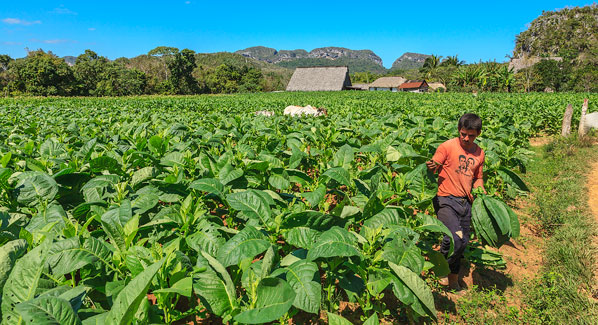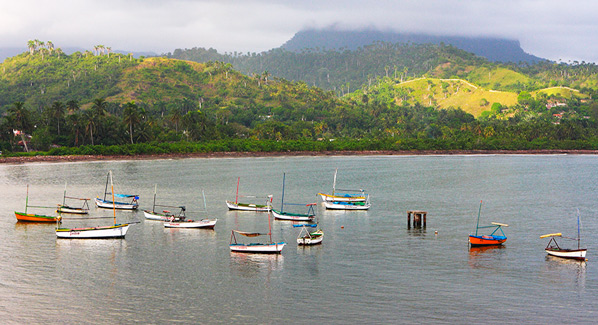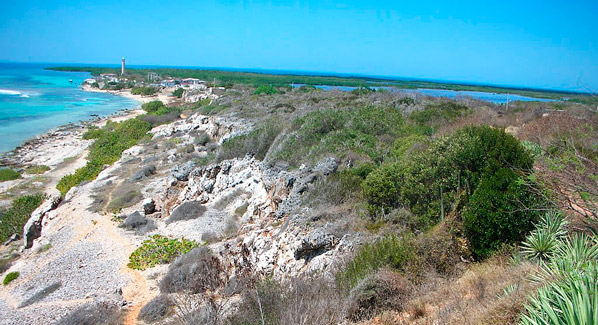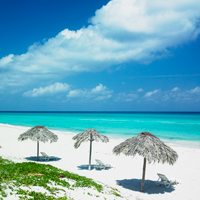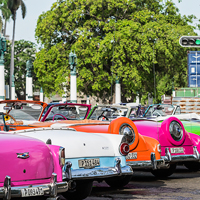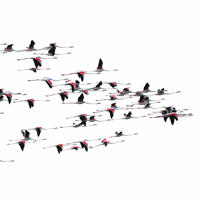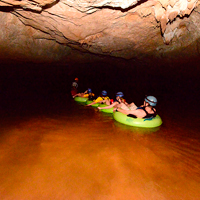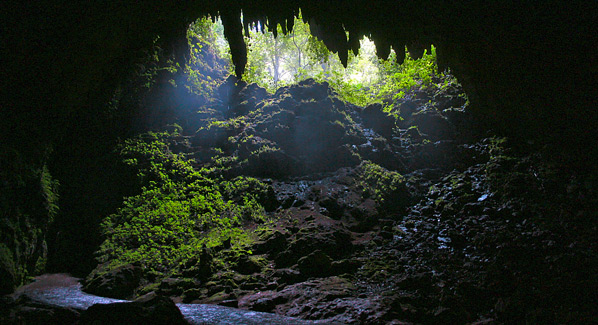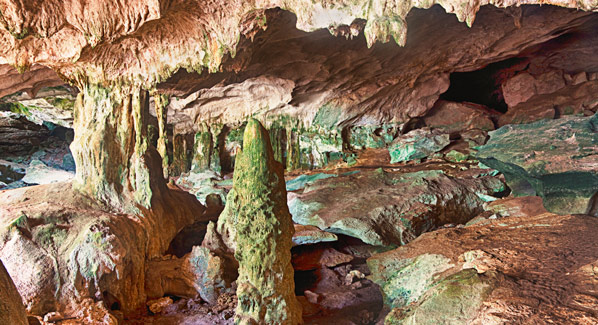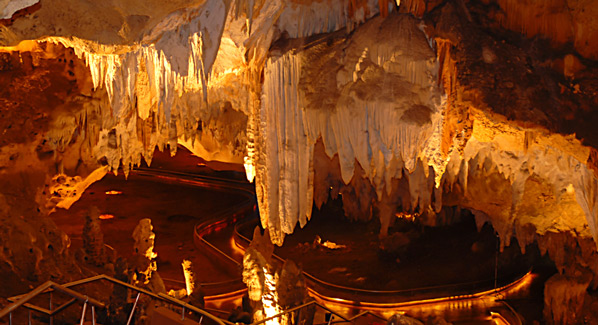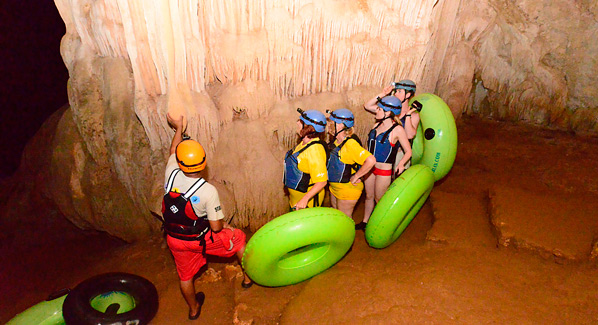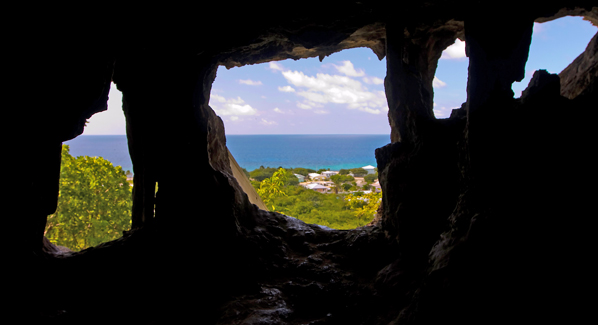If checking in to a Caribbean beach resort seems a bit self-indulgent, you might want to check out some of the ways you can give back while traveling to the islands. There are a number of organizations that promote and coordinate volunteer programs that let you add a philanthropic mission to your time in the sun.
Tidy Up
Aruba is known as one happy island. And one thing that makes the locals happy is having a clean island. Visitors can help by participating in the Aruba Reef Care Project, which is the island’s largest single volunteer environmental initiative. Locals are joined by divers and snorkelers from around the globe, who sweep the shores to remove glass, plastics and other debris from a number of popular reefs and beaches. The annual event draws more than 800 participants. As an alternative, visitors who prefer to stay dry while doing good can volunteer at the Donkey Sanctuary, to help with the daily chores of feeding and caring for the animals. http://www.aruba.com/aruba-vacations/volunteer-vacations
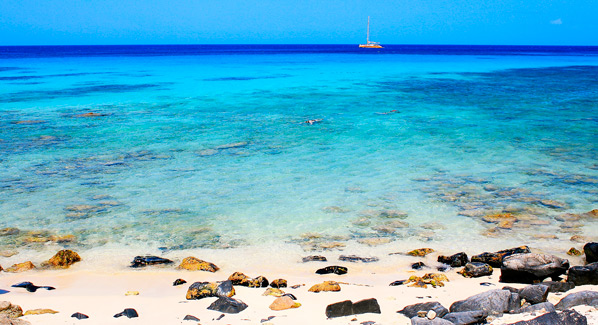
During the annual beach and coastal cleanup, volunteers scour the sands of Aruba’s beaches, some also don mask and snorkel or dive gear to hunt for submerged litter. Photo: iStock
Pooches in Paradise
Go beyond the beach resorts to discover the real Jamaica, and make some new canine friends in the process. Volunteers with the Animal Care Project spend time at an island shelter for abandoned dogs, assisting with everything from feeding, bathing and brushing the animals to walking them and providing love and play time. Participants typically spend mornings working with the rescued dogs, and have afternoons and weekends free to explore beaches, waterfalls and area villages. The shelter is located in St. Mary Parish, near the resort town of Ocho Rios. Volunteers stay in simple, comfortable dormitory-style accommodations, or have the option of staying with a local family. In addition to animal care, the program organizers also coordinate teaching, sports, and community development programs. www.volunteerhq.org
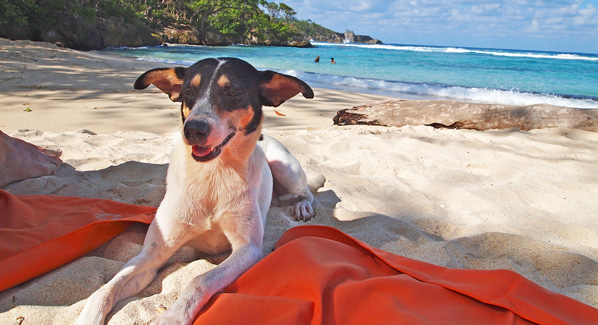
Headquartered near Ocho Rios, Jamaica’s Animal Care Project provides volunteers with a unique opportunity to combine an island vacation with a chance to work with rescued dogs. Photo: Lori Newman/Flickr
Restore the Shore
Even if cruise ships aren’t normally your thing, you might want to consider signing up for a sailing with the Fathom organization, which organizes cruises with cultural and philanthropic elements to destinations across the Caribbean. Most recently, Fathom has partnered with Princess Cruises to visit islands hard-hit by the 2017 hurricanes. Participants on these seven-day trips will come ashore to work with locals to rebuild in the storm-ravaged communities. In addition to special disaster relief trips, Fathom offers a broad range of cultural programs in Cuba and the Dominican Republic, and is currently working to expand to more islands. www.fathom.org
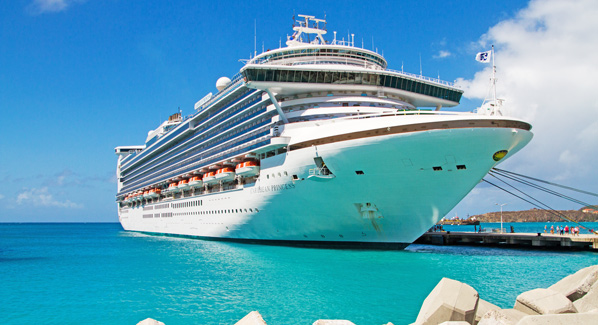
After the 2017 hurricanes, the Fathom volunteer organization created a number of special itineraries with Princess cruise lines, giving passengers a chance to participate in island rebuilding. Photo: Steve Hughes/Flickr
Be a Sport
If you love team sports, the Amigos de las Americanas program is a great way to give back while also engaging in your favorite pastimes. Participants sign up for immersive programs in the Dominican Republic, working with local community members to develop a youth sports league. Prior coaching experiences is a good thing, but not mandatory, as there are many skill sets needed to organize and run a league, both on and off the field. This four- week program was developed with the partner agency, Plan Dominican Republic, which helps place participants with a local host family. In addition to working with young athletes, the rewards include a chance to experience the country like a local, and opportunities to improve your Spanish through authentic cultural immersion. www.gooverseas.com
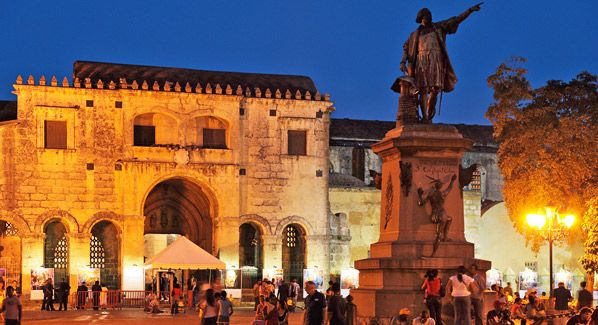
Volunteers can participate in a number of educational and civic programs in the Dominican Republic, and immerse themselves in the nation’s rich culture and history. Photo: Getty Images
Monitor a Manatee
The coastal wetlands of Belize are one of the last unspoiled habitats for the West Indian Manatee. You can help ensure the survival of these large, gentle sea cows by joining a Wildlife Volunteer Adventure with Discover Corps. You’ll join marine biologists working to save the country’s endangered manatees, monitoring the health of the animals, taking environmental measurements and census counts. The program exposes participants to three different marine environments, including coastal mangrove lagoons, the Caribbean Sea and jungle rivers. Monitoring and counting activities take place in the mornings, leaving free time each afternoon to relax on white sand beaches, snorkel on coral reefs or explore the natural wonders of Belize. A highlight of each weeklong trip is a chance to visit the pristine ecosystems of the Port Honduras Marine Reserve. www.discovercorps.com
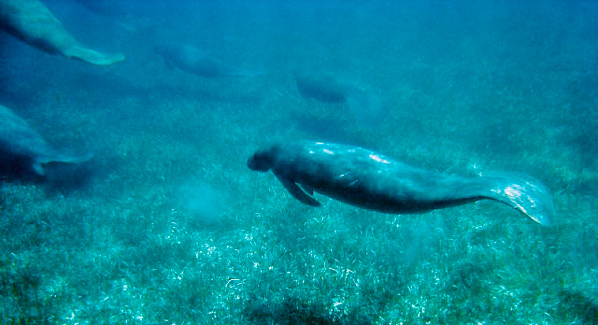
A group of manatees glide through shallow sea grass beds in the coastal waters of Belize. Though threatened elsewhere, these gentle mammals thrive in Belize’s marine preserves. Photo: David Harvey/Hamanasi Resort

